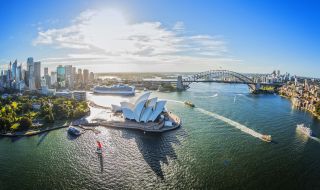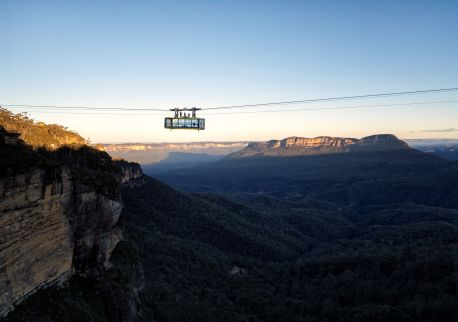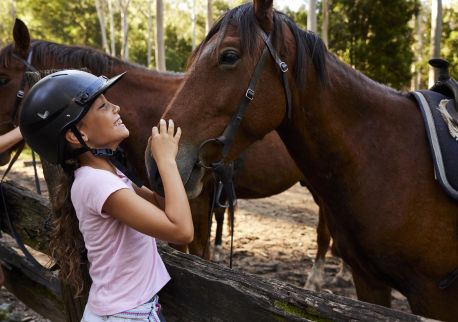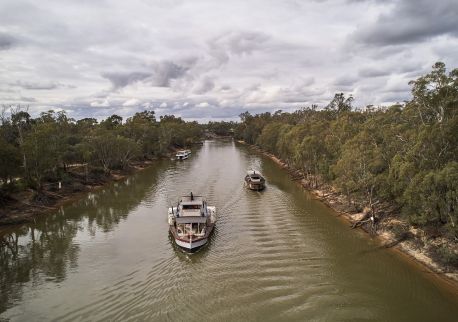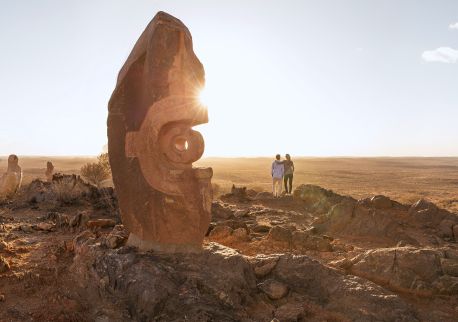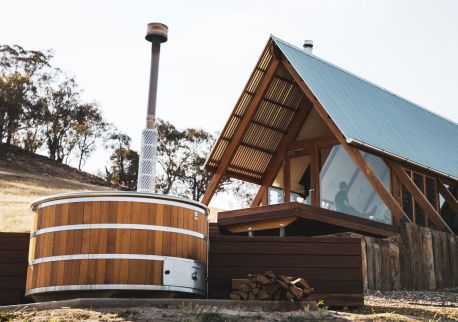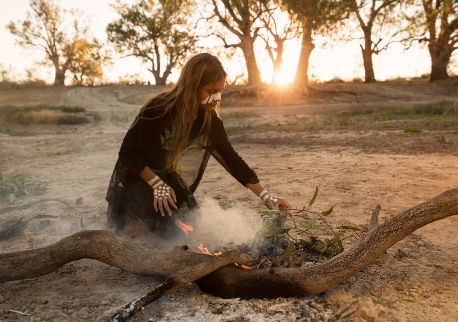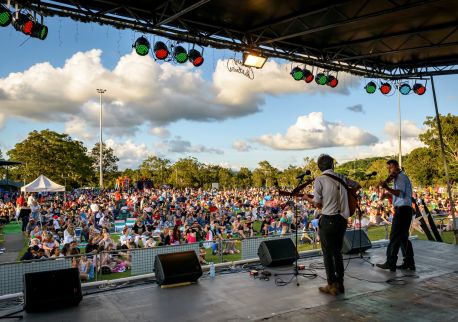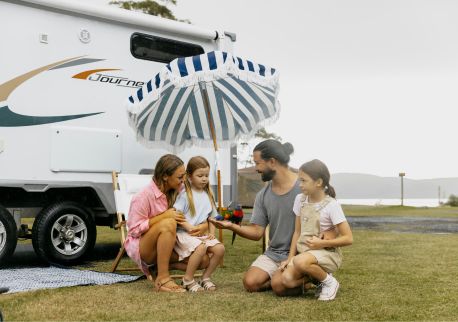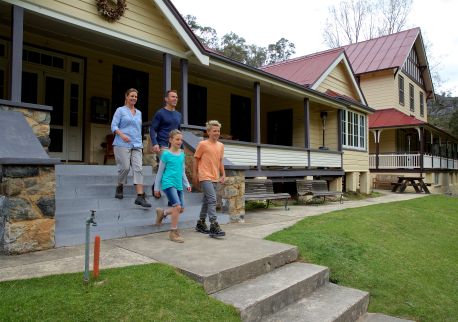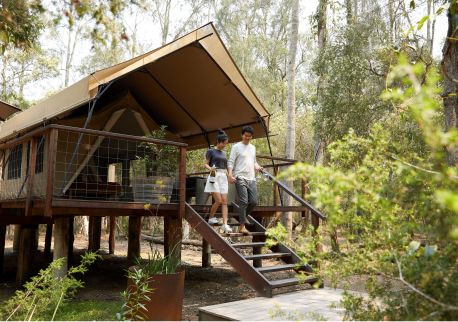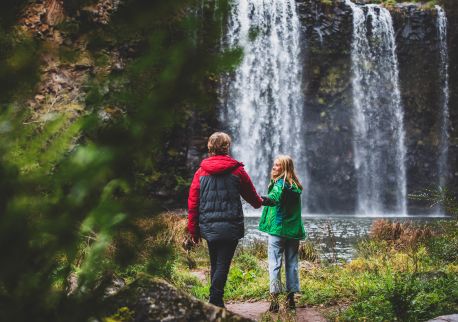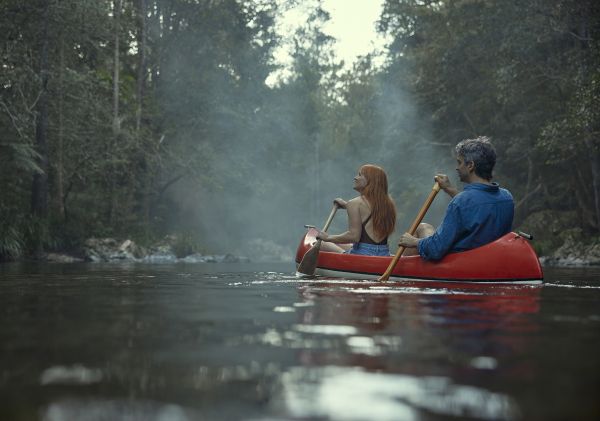Bundanon Art Collection Tour
Wednesday 12 June 2024 (MONTHLY event)
Overview
Learn the secrets of the Bundanon Collection in this behind-the-scenes tour of the Art Museum.
A significant part of Arthur and Yvonne Boyd’s 1993 gift of Bundanon was an extensive collection of artworks by Arthur Boyd and his family, in addition to works by Sidney Nolan, Brett Whiteley, Joy Hester and Charles Blackman.
The Collection today includes contemporary work from previous artists in residence, commissions and generous donations.
Accessibility
Allows a person's carer free entry into participating venues and events
Actively welcomes people with access needs.
Advise tour guides of the access needs of guests at the time of booking (includes pick up and drop off requirements)
Caters for people who are blind or have vision loss
Caters for people who use a wheelchair.
Caters for people with sufficient mobility to climb a few steps but who would benefit from fixtures to aid balance. (This includes people using walking frames and mobility aids)
Have Braille and tactile signage on all information and paths of travel
Have a step free main entrance to the building and/or reception area (includes ramps or slopes with a maximum gradient of 1:14, otherwise are too steep for wheelchairs)
Have a wheelchair accessible toilet / shower and change room
Have accessible seating areas in theatrette
Have grab rails in the bathroom
Have step free access to restaurant, lounge and bar
Have step free access to the conference or function room
Have step free outdoor pathways (includes picnic areas, barbecues and shelters)
Offer a range of contact methods for receiving complaints
Offer multiple options for booking - web, email, phone
Provide information in large print
Provide seating in common areas including reception area
Train your staff in disability awareness
Use easy read fonts in your signage and communication materials (Helvetica and Arial)
Use floors/coverings which are slip resistant, firm and smooth
Use non-slip tiles in the bathroom or slip resistant matting
Use Plain English / easy read signage and information (includes menus and emergency information)
Website meets WCAG 2.0 accessibility standards
Welcomes and assists people who have challenges with learning, communication, understanding and behaviour. (includes people with autism, intellectual disability, Down syndrome, acquired brain injury (ABI), dyslexia and dementia)
